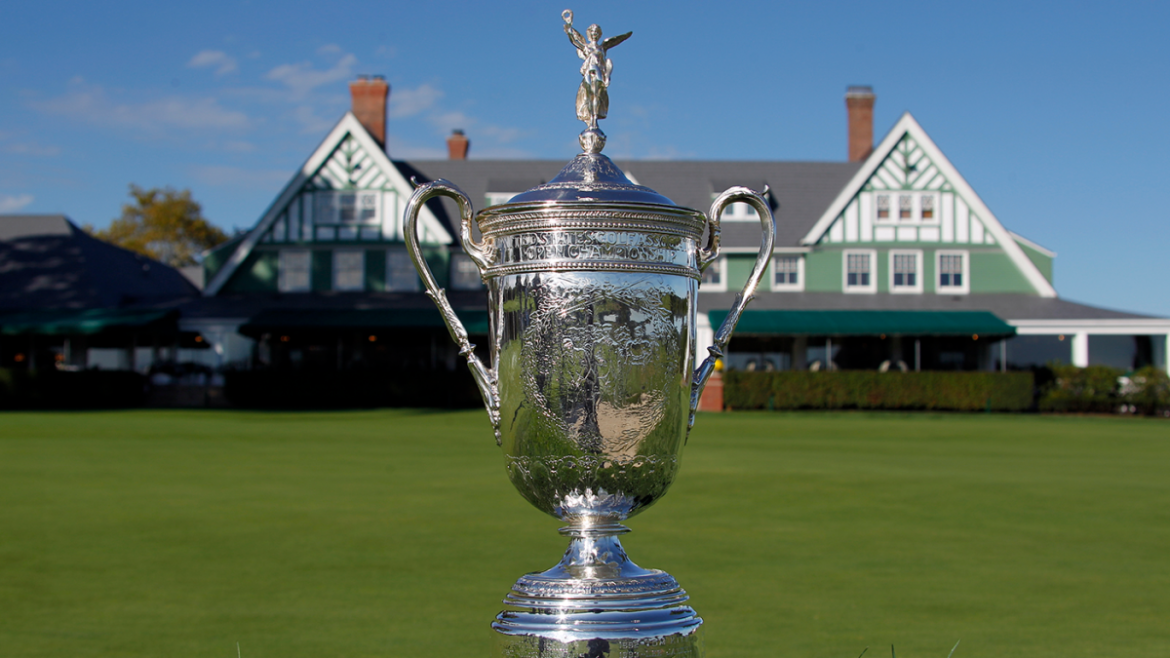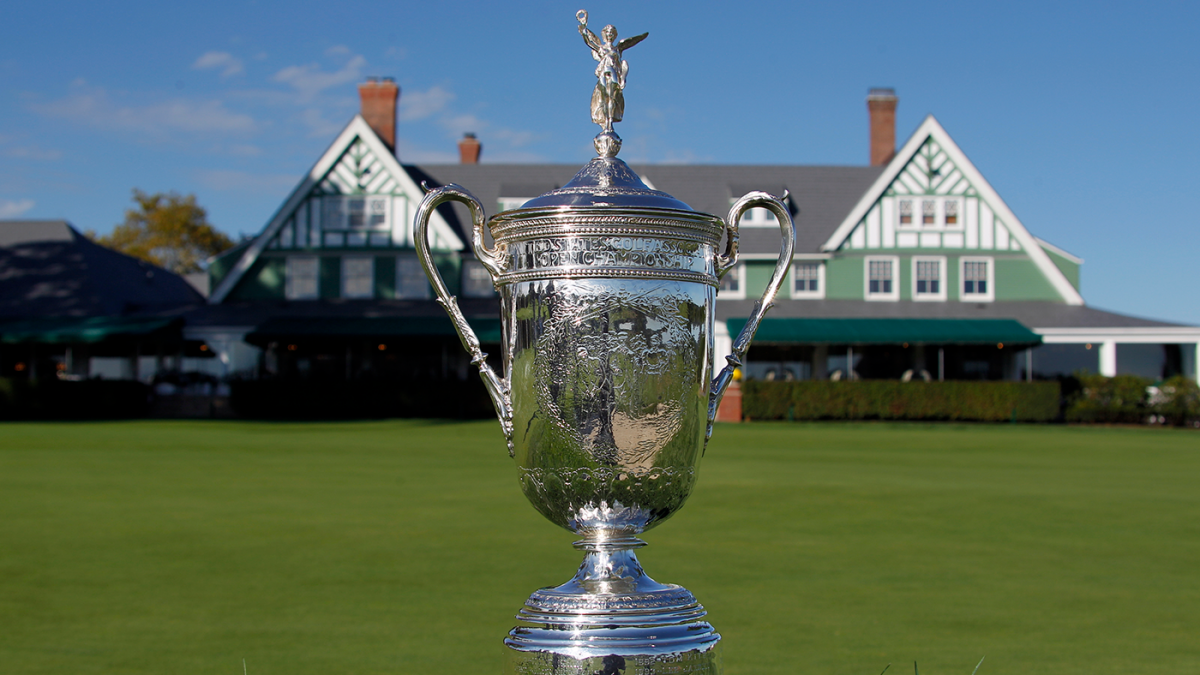The 2025 U.S. Open golf championship, staged at the historic Oakmont Country Club, is marked by a consistent prize structure that epitomizes the event’s stature within professional golf. Having reached a milestone as Oakmont hosts the championship for the 10th time—a record—the tournament maintains a total purse of $21.5 million. This figure represents a continuation of the purse amount from the previous year, underscoring both a stability in prize money allocation and a commitment to remain among the most lucrative in major golf tournaments worldwide.
Overview of the 2025 U.S. Open Prize Money
The key highlights of the 2025 U.S. Open remuneration format center around the prize fund total and its distribution, especially the sizeable winner’s share. The United States Golf Association (USGA), the organizing authority, has confirmed that the total prize money remains at the $21.5 million level. Simultaneously, the first-place reward is set at $4.3 million, which mirrors the previous year’s grand prize, including Bryson DeChambeau’s winning payout at Pinehurst No. 2 in 2024.
This $4.3 million first prize represents exactly 20% of the overall purse, which aligns perfectly with the prize distribution model traditionally employed by the USGA, ensuring that the champion’s top earnings are both substantial and proportionate. The total purse places the U.S. Open at the pinnacle of professional golf’s financial rewards, exceeding those offered by other major championships and most tour events, with the exception of the PGA Tour’s Players Championship and Tour Championship. However, those latter tournaments often classify their payouts, or at least parts of them, as unofficial or bonus money, whereas the U.S. Open’s purse is fully official earnings.
Prize Money Distribution and Player Payouts
A field of 156 top-tier golfers competes annually in the U.S. Open, with a cut typically narrowing the field after two rounds to the top 60 players plus ties. The $21.5 million purse is then allocated in descending order based on finishing positions. While the winner walks away with the headline $4.3 million, prize money flows comprehensively down the standings, rewarding players who make the cut with meaningful earnings that can significantly impact their season and career earnings.
Although complete breakdowns vary slightly year to year, the USGA’s structured payout formula is designed to ensure competitive incentives across the leaderboard: high finishes earn exponentially bigger shares, but even those finishing lower in the top 60 receive significant financial rewards relative to many other events, underscoring the prestige and challenge of U.S. Open competition.
Historical and Competitive Context
Oakmont Country Club’s selection as the 2025 venue adds historic weight to the event. Hosting the U.S. Open for a record 10th time, Oakmont is renowned for its demanding layout and storied place in golf history, challenging the world’s best with its fast greens, complex bunkering, and rigorous course conditions.
The retention of the $21.5 million purse signifies a balance between tradition and modern economic realities. USGA CEO Mike Whan remarked on the stability in prize levels, emphasizing that when he took leadership four years ago, the purse was $12.5 million—a near doubling since then. This moderate growth trajectory reflects both the tournament’s financial health and the USGA’s measured approach to prize inflation, maintaining attractiveness for elite competitors while ensuring the sustainability and integrity of the tournament.
Impact and Significance of the Prize Money
The sizeable payout, particularly the $4.3 million winner’s share, underscores why the U.S. Open remains one of the most coveted titles in golf. Beyond prestige, financial gain plays a key role in motivating competitors, enabling players to fund their careers, invest in coaching and travel, or improve their competitive standing through earnings-based exemptions and endorsements.
Furthermore, maintaining the purse at a high level keeps the U.S. Open competitive with emerging global golf events and tours, helping to sustain its status on the global sporting calendar. The payout also enhances viewer interest, as fans witness not only a battle of skill and endurance on an iconic course but also see the substantial tangible rewards on the line.
Conclusion: A Championship of Tradition and Financial Excellence
The 2025 U.S. Open’s decision to preserve the $21.5 million purse and $4.3 million winner’s cheque as it returns to Oakmont Country Club elegantly blends tradition with financial prominence. This approach reflects the championship’s standing as golf’s most challenging and financially rewarding national open, providing a prize structure that honors the best in the sport while maintaining excitement and competitiveness across the player field. As elite golfers clash on Oakmont’s historic grounds from June 12-15, the robust prize money pool will remain a powerful testament to the U.S. Open’s role at the pinnacle of the world golf stage, beckoning legends and emerging stars alike to etch their names in history and claim their share of one of sport’s richest rewards.





